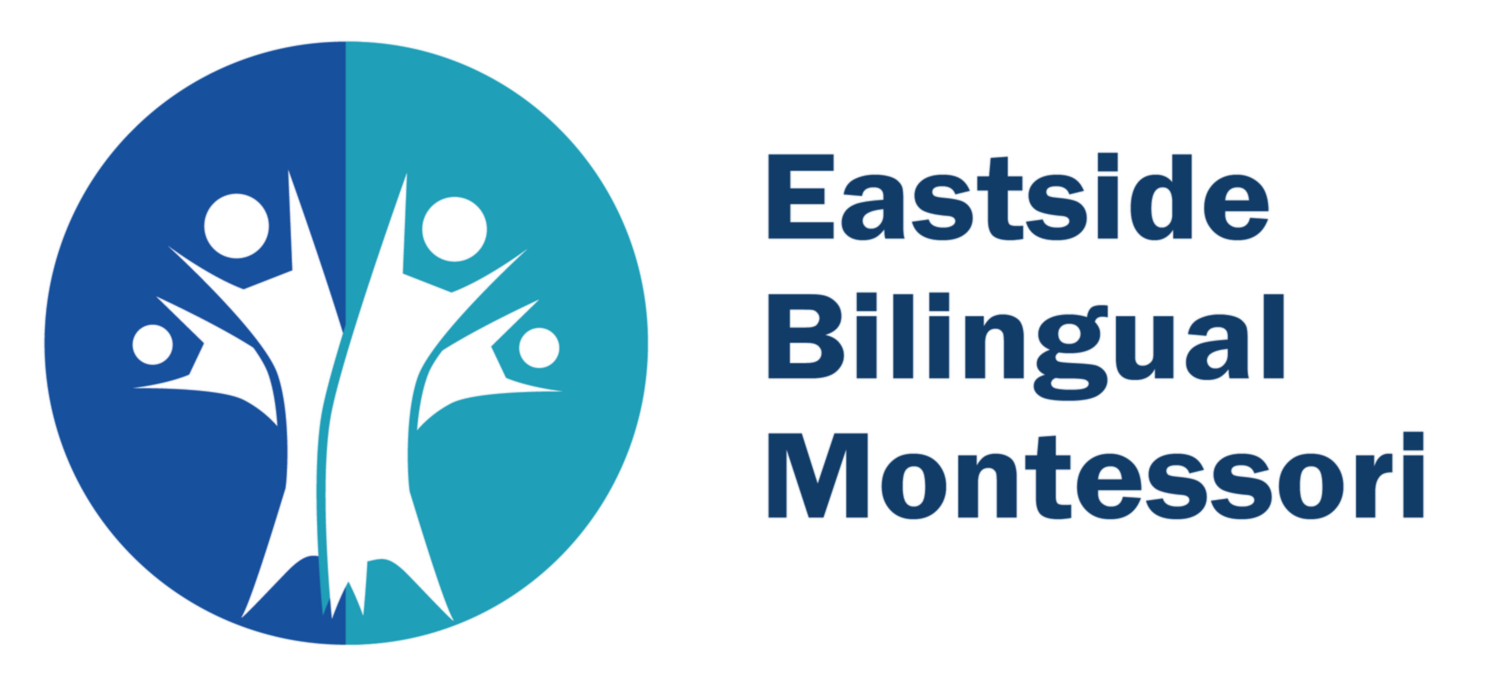The Montessori Diference

Who was Dr. Maria Montessori ?
Maria Montessori was an Italian physician, educator, and innovator, acclaimed for her educational method that builds on the way children naturally learn.
She opened the first Montessori school—"La Casa dei Bambini", or Children’s House—in Rome on January 6, 1907. Subsequently, she traveled the world and wrote extensively about her approach to education, attracting many devotees. There are now more than 22,000 Montessori schools in at least 110 countries worldwide.
What is the Montessori Method ?
Dr. Maria Montessori recognized that the very young child goes through periods of great sensitivity in particular areas during which he learns more easily than at any time in his life. Montessori is a personalized approach in which each child, respected as an individual, discovers the joy of learning. A totally prepared environment awaits the absorbent mind of the child. Each piece of material is designed to give the child a new experience and to develop a specific concept. The directress acts as a catalyst. The prepared environment's aim is to aid the child to help himself by developing an awareness of reality as he experiences it in himself, in others and in the world around him. The child works in an atmosphere of freedom and responsibility. Different areas of interest are prepared to introduce to him the total reality - Practical Life, Sensorial, Language, Mathematics, Geography, History, Natural Science, Social Science, Art and Music.
What is the main difference between a traditional classroom and a Montessori classroom ?
In a Montessori classroom, teachers address the needs of individual children who are learning through practice with hands-on materials. The teacher introduces a child to materials systematically, depending on developmental needs. The Montessori classroom is designed to promote self-discipline, independence and responsibility. Academically, children develop a foundation in language and math skills, physical and cultural geography, zoology, botany, physical science, history, music and art. They also learn practical life skills such as cooking, carpentry, sewing and cleaning. One of the most important aspects of a Montessori classroom is the teacher’s respect for the dignity of every child.

What happens when a child goes from a Montessori school to a traditional school ?
When children leave our Preschool program, we strive to help them leave with inner self-discipline; a positive attitude toward others, school and learning; self-esteem and the ability to concentrate on tasks. Often, but not always, they are ahead of their peers. The skills and attitudes developed while in a Montessori program lead to a lifetime of curiosity and learning – a benefit for children who move from Montessori to private or public schools.

